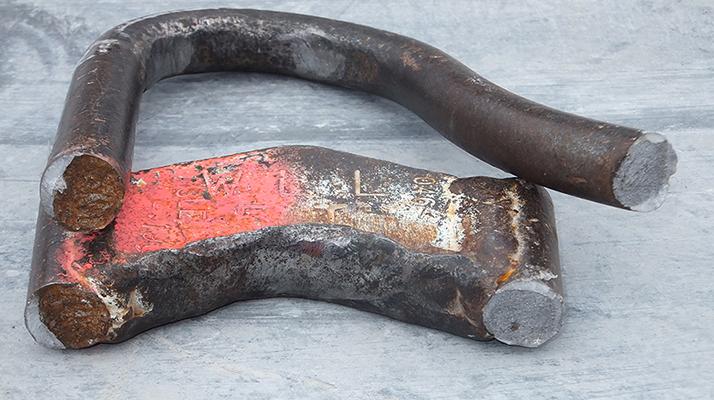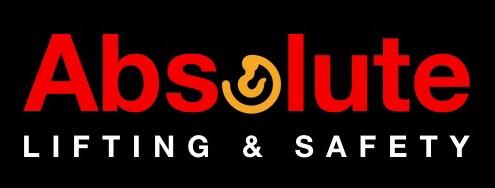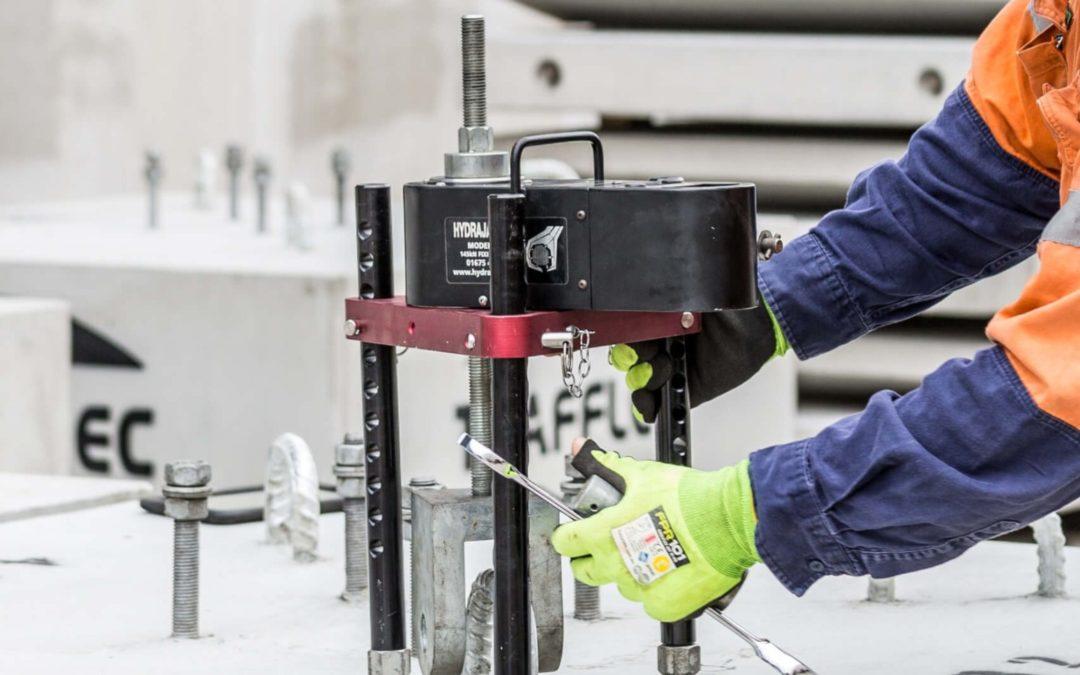HYDRAJAWS PULL TESTING CONCRETE LIFTING CLUTHCES
Absolute Lifting and Safety
What is a HydraJaws Pull Testing device ?
A calibrated device to load test/ pull test to determine the reliability and load capacity of fixings like Concrete Lifting Clutches.
What is a a Concrete Lift Clutch ?
Lifting clutches are ideal for lifting preformed concrete slabs and panels.
SAFETY AND CONCRETE LIFT CLUTCHES
Information from Safe Work Australia
In October 2019, the lifting clutch link on a 5-tonne lifting clutch failed when a 100-tonne crawler crane was lifting a 16-tonne concrete wall panel. The panel was rigged with four face lifting inserts (lifters) at the time with equalising sheaves each fitted between two inserts. When the lifting clutch link broke, it caused two of the lifting points to become ineffective and the panel dropped onto the casting stack below. Although no workers were injured, the incident caused extensive damage to the panel and had the potential to cause serious injuries.

FAILED CLUTCH LINK
Failed clutch link showing pre-existing crack. Dropped 16-tonne panel.
About Hydrajaws Pull Testing and Concrete Lift Clutches
View our FAQ’s and common questions and Answers
HOW DO YOU TEST CONCRETE LIFT CLUTCHES TO MAKE SURE THEY ARE SAFE
A competent person carries out a Proof Load Test using a Hydrajaws Pull Testing Device.
WHAT IS INVOLVED IN TESTING AND CERTIFICATION OF CONCRETE LIFT CLUTCHES
Each lifting clutch shall be proof-tested, certified and uniquely identified prior to being
placed into service. The proof test shall subject the device to a load of 2.0 times its WLL.
Prior to each use, inspections of the lifting clutches shall be conducted to check for wear
and deformation to supplier’s specification. A proof test using a load equal to 1.2 times the
WLL shall be conducted and recorded for each lifting clutch at intervals of not more than
12 months commencing from the date of first use.
IS THERE AN AUSTRALIAN STANDARD FOR CONCRETE LIFT CLUTCHES ?
Yes, AS 3850.1 – 2015 for Prefabricated Concrete Elements
HOW DO I KNOW IF MY LIFTING CLUTCH COMPLIES TO AUSTRALIAN STANDARDS ?
Each clutch shall be permanently marked with the following information:
(i) A unique identifier (traceable to the proof tests).
(ii) The manufacturer’s symbol or name.
(iii) Its WLL or compatible anchor identifier.
C2.6 Suitable identification of lifting clutches may be by permanent marking on the
clutch itself or attachment of a durable tag.
WHAT IS THE PROOF LOAD TEST PROCEDURE ?
The procedure shall be as follows:
(a) Connect the lifting clutch to the insert.
(b) Using a constant crosshead travel speed of 20 mm to 50 mm/min, apply the load to
the lifting clutch until—
(i) failure occurs when conducting a design validation test; or
(ii) proof-load when conducting proof testing.
WHAT DOES VISUAL INSPECTION INVOLVE ?
Examine the specimen for—
(i) finite evidence of ductile fracture and plastic deformation adjacent to the failure when conducting a design validation test; and
(ii) no signs or failure or excessive distortion when conducting proof testing

